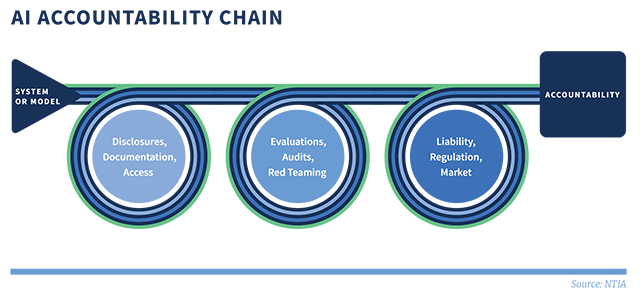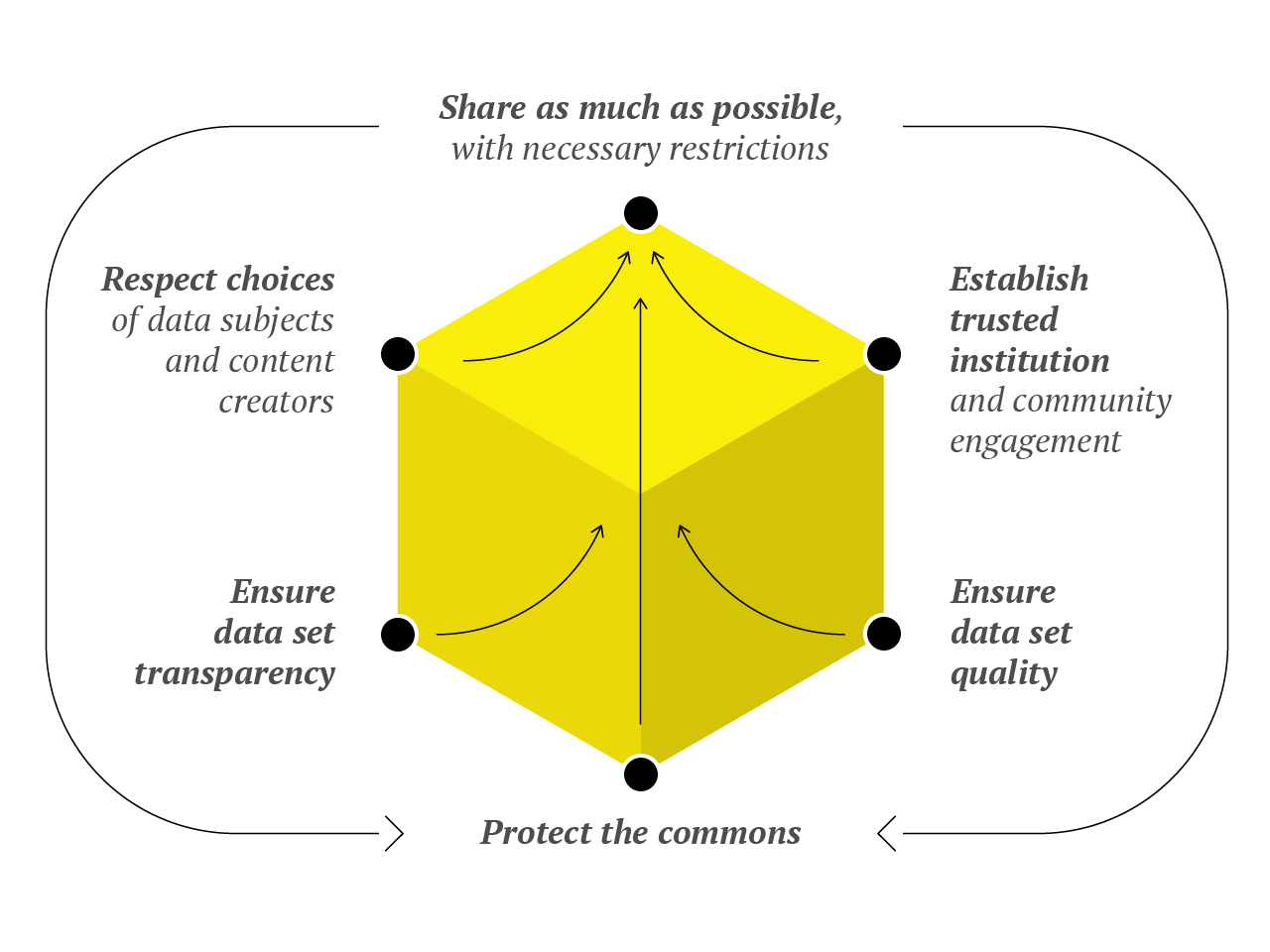Report by the National Academies: “Many federal agencies provide data and statistics on inequality and related aspects of household income, consumption, and wealth (ICW). However, because the information provided by these agencies is often produced using different concepts, underlying data, and methods, the resulting estimates of poverty, inequality, mean and median household income, consumption, and wealth, as well as other statistics, do not always tell a consistent or easily interpretable story. Measures also differ in their accuracy, timeliness, and relevance so that it is difficult to address such questions as the effects of the Great Recession on household finances or of the Covid-19 pandemic and the ensuing relief efforts on household income and consumption. The presence of multiple, sometimes conflicting statistics at best muddies the waters of policy debates and, at worst, enable advocates with different policy perspectives to cherry-pick their preferred set of estimates. Achieving an integrated system of relevant, high-quality, and transparent household ICW data and statistics should go far to reduce disagreement about who has how much, and from what sources. Further, such data are essential to advance research on economic wellbeing and to ensure that policies are well targeted to achieve societal goals…(More)”.
Digital transformation of public services
Policy Brief by Interreg Europe: “In a world of digital advancements, the public sector must undergo a comprehensive digital transformation to enhance service delivery efficiency, improve governance, foster innovation and increase citizen satisfaction.
The European Union is playing a leading role and has been actively developing policy frameworks for the digitalisation of the public sector. This policy brief provides a general overview of the most relevant initiatives, regulations, and strategies of the European Union, which are shaping Europe’s digital future.
The European Union’s strategy for the digital transformation of public services is centred on enhancing accessibility, efficiency, and user-centricity. This strategy also promotes interoperability among Member States, fostering seamless cross-border interactions. Privacy and security measures are integral to building trust in digital public services, with a focus on data protection and cybersecurity. Ultimately, the goal is to create a cohesive, digitally advanced public service ecosystem throughout the EU, with the active participation of the private sector (GovTech).
This policy brief outlines key policy improvements, good practices and recommendations, stemming from the Interreg Europe projects BEST DIH, BETTER, ENAIBLER, Next2Met, Digital Regions, Digitourism, Inno Provement, ERUDITE, iBuy and Carpe Digem, to inform and guide policymakers to embark upon digital transformation processes successfully, as well as encouraging greater interregional cooperation…(More)”.
AI and the Future of Government: Unexpected Effects and Critical Challenges
Policy Brief by Tiago C. Peixoto, Otaviano Canuto, and Luke Jordan: “Based on observable facts, this policy paper explores some of the less- acknowledged yet critically important ways in which artificial intelligence (AI) may affect the public sector and its role. Our focus is on those areas where AI’s influence might be understated currently, but where it has substantial implications for future government policies and actions.
We identify four main areas of impact that could redefine the public sector role, require new answers from it, or both. These areas are the emergence of a new language-based digital divide, jobs displacement in the public administration, disruptions in revenue mobilization, and declining government responsiveness.
This discussion not only identifies critical areas but also underscores the importance of transcending conventional approaches in tackling them. As we examine these challenges, we shed light on their significance, seeking to inform policymakers and stakeholders about the nuanced ways in which AI may quietly, yet profoundly, alter the public sector landscape…(More)”.
AI Accountability Policy Report
Report by NTIA: “Artificial intelligence (AI) systems are rapidly becoming part of the fabric of everyday American life. From customer service to image generation to manufacturing, AI systems are everywhere.
Alongside their transformative potential for good, AI systems also pose risks of harm. These risks include inaccurate or false outputs; unlawful discriminatory algorithmic decision making; destruction of jobs and the dignity of work; and compromised privacy, safety, and security. Given their influence and ubiquity, these systems must be subject to security and operational mechanisms that mitigate risk and warrant stakeholder trust that they will not cause harm….
The AI Accountability Policy Report conceives of accountability as a chain of inputs linked to consequences. It focuses on how information flow (documentation, disclosures, and access) supports independent evaluations (including red-teaming and audits), which in turn feed into consequences (including liability and regulation) to create accountability. It concludes with recommendations for federal government action, some of which elaborate on themes in the AI EO, to encourage and possibly require accountability inputs…(More)”.

How Public Polling Has Changed in the 21st Century
Report by Pew Research: “The 2016 and 2020 presidential elections left many Americans wondering whether polling was broken and what, if anything, pollsters might do about it. A new Pew Research Center study finds that most national pollsters have changed their approach since 2016, and in some cases dramatically. Most (61%) of the pollsters who conducted and publicly released national surveys in both 2016 and 2022 used methods in 2022 that differed from what they used in 2016. The study also finds the use of multiple methods increasing. Last year 17% of national pollsters used at least three different methods to sample or interview people (sometimes in the same survey), up from 2% in 2016….(More)”.
Open Government Products (OGP)
About: “We are an experimental development team that builds technology for the public good. This includes everything from building better apps for citizens to automating the internal operations of public agencies. Our role is to accelerate the digital transformation of the Singapore Government by being a space where it can experiment with new tech practices, including new technologies, management techniques, corporate systems, and even cultural norms. Our end goal is that through our work, Singapore becomes a model of how governments can use technology to improve the public good…(More)”.
Citizen Jury on New Genomic Techniques
Paper by Kai P. Purnhagen and Alexandra Molitorisova: “Between 26-28 January 2024, a citizen jury was convened at the Schloss Thurnau in Upper Franconia, Germany to deliberate about new genomic techniques (NGTs) used in agriculture and food/feed production, ahead of the vote of the European Parliament and the Council of the European Union on the European Commission’s proposal for a regulation on plants obtained by certain NGTs and their food and feed. This report serves as a policy brief with all observations, assessments, and recommendations agreed by the jury with a minimum of 75 percent of the jurors’ votes. This report aims to provide policymakers, stakeholders, and the public with perspectives and considerations surrounding the use of NGTs in agriculture and food/feed production, as articulated by the members of the jury. There are 18 final recommendations produced by the jury. Through thoughtful analysis and dialogue, the jury sought to contribute to informed decision-making processes…(More)”.
Predicting IMF-Supported Programs: A Machine Learning Approach
Paper by Tsendsuren Batsuuri, Shan He, Ruofei Hu, Jonathan Leslie and Flora Lutz: “This study applies state-of-the-art machine learning (ML) techniques to forecast IMF-supported programs, analyzes the ML prediction results relative to traditional econometric approaches, explores non-linear relationships among predictors indicative of IMF-supported programs, and evaluates model robustness with regard to different feature sets and time periods. ML models consistently outperform traditional methods in out-of-sample prediction of new IMF-supported arrangements with key predictors that align well with the literature and show consensus across different algorithms. The analysis underscores the importance of incorporating a variety of external, fiscal, real, and financial features as well as institutional factors like membership in regional financing arrangements. The findings also highlight the varying influence of data processing choices such as feature selection, sampling techniques, and missing data imputation on the performance of different ML models and therefore indicate the usefulness of a flexible, algorithm-tailored approach. Additionally, the results reveal that models that are most effective in near and medium-term predictions may tend to underperform over the long term, thus illustrating the need for regular updates or more stable – albeit potentially near-term suboptimal – models when frequent updates are impractical…(More)”.
Facial Recognition Technology: Current Capabilities, Future Prospects, and Governance
Report by the National Academies of Sciences, Engineering, and Medicine: “Facial recognition technology is increasingly used for identity verification and identification, from aiding law enforcement investigations to identifying potential security threats at large venues. However, advances in this technology have outpaced laws and regulations, raising significant concerns related to equity, privacy, and civil liberties.
This report explores the current capabilities, future possibilities, and necessary governance for facial recognition technology. Facial Recognition Technology discusses legal, societal, and ethical implications of the technology, and recommends ways that federal agencies and others developing and deploying the technology can mitigate potential harms and enact more comprehensive safeguards…(More)”.
Commons-based Data Set: Governance for AI
Report by Open Future: “In this white paper, we propose an approach to sharing data sets for AI training as a public good governed as a commons. By adhering to the six principles of commons-based governance, data sets can be managed in a way that generates public value while making shared resources resilient to extraction or capture by commercial interests.
The purpose of defining these principles is two-fold:
We propose these principles as input into policy debates on data and AI governance. A commons-based approach can be introduced through regulatory means, funding and procurement rules, statements of principles, or data sharing frameworks. Secondly, these principles can also serve as a blueprint for the design of data sets that are governed and shared as a commons. To this end, we also provide practical examples of how these principles are being brought to life. Projects like Big Science or Common Voice have demonstrated that commons-based data sets can be successfully built.
These principles, tailored for the governance of AI data sets, are built on our previous work on Data Commons Primer. They are also the outcome of our research into the governance of AI datasets, including the AI_Commons case study. Finally, they are based on ongoing efforts to define how AI systems can be shared and made open, in which we have been participating – including the OSI-led process to define open-source AI systems, and the DPGA Community of Practice exploring AI systems as Digital Public Goods…(More)”.

The six principles for commons-based data set governance are as follows:
